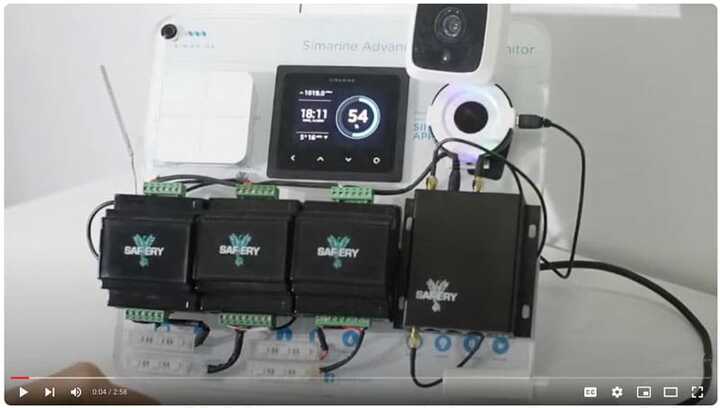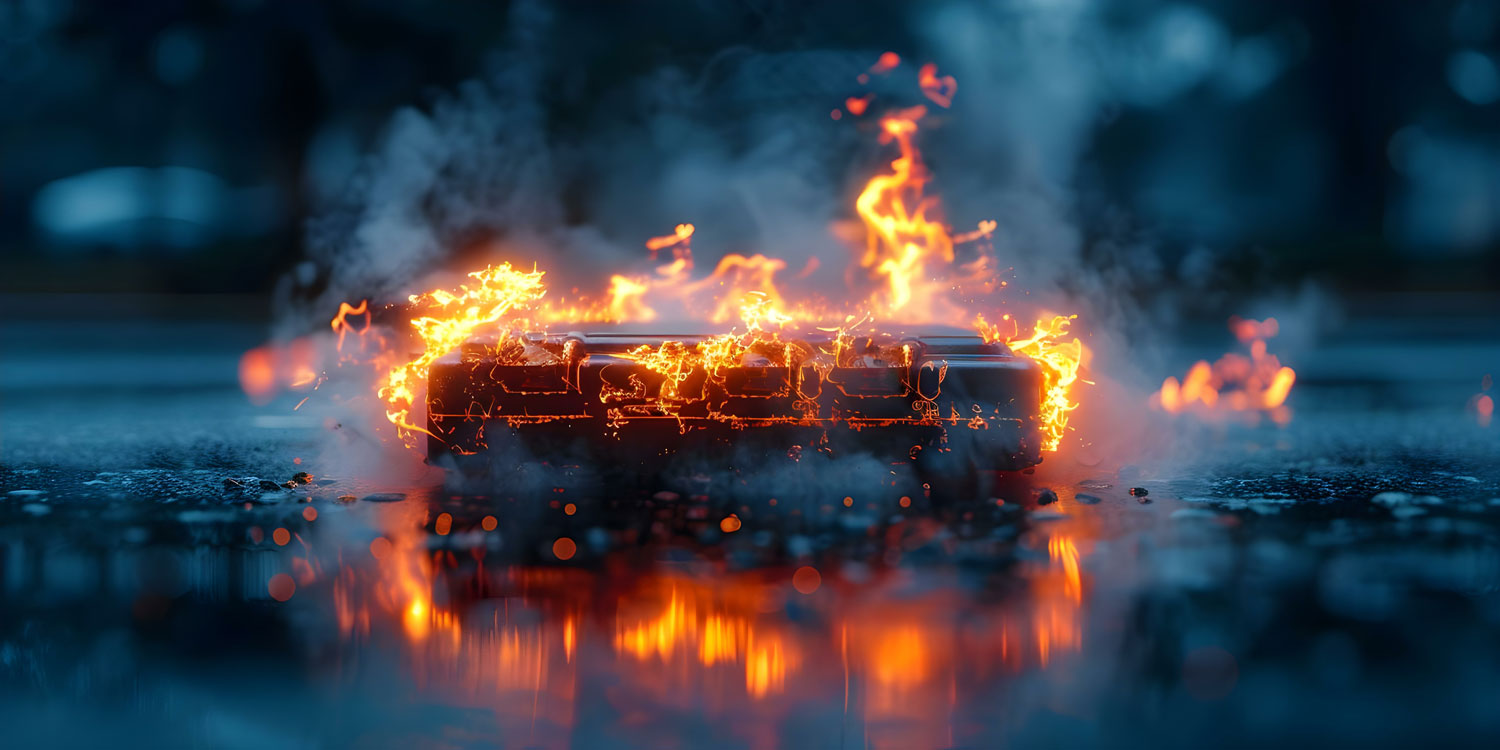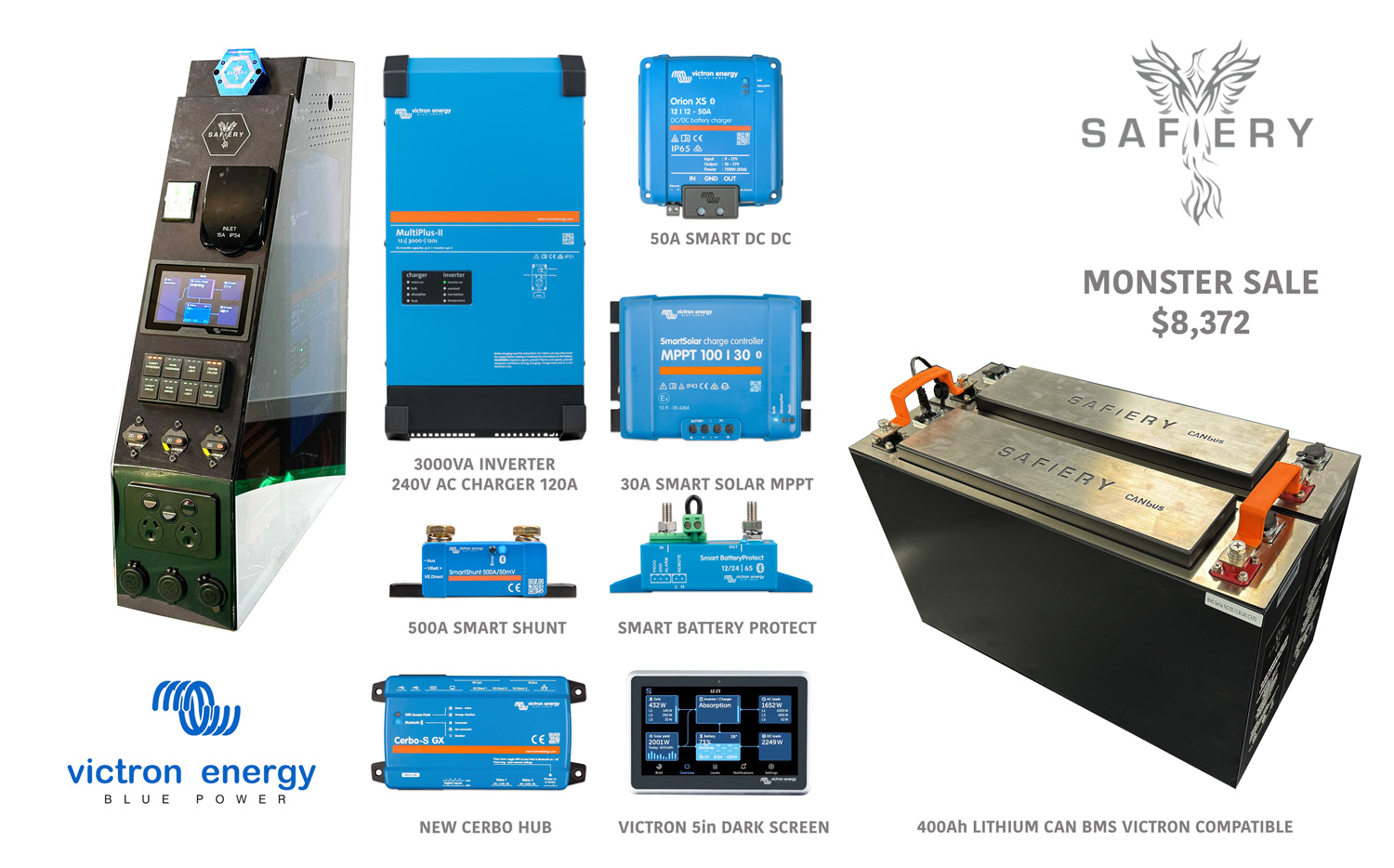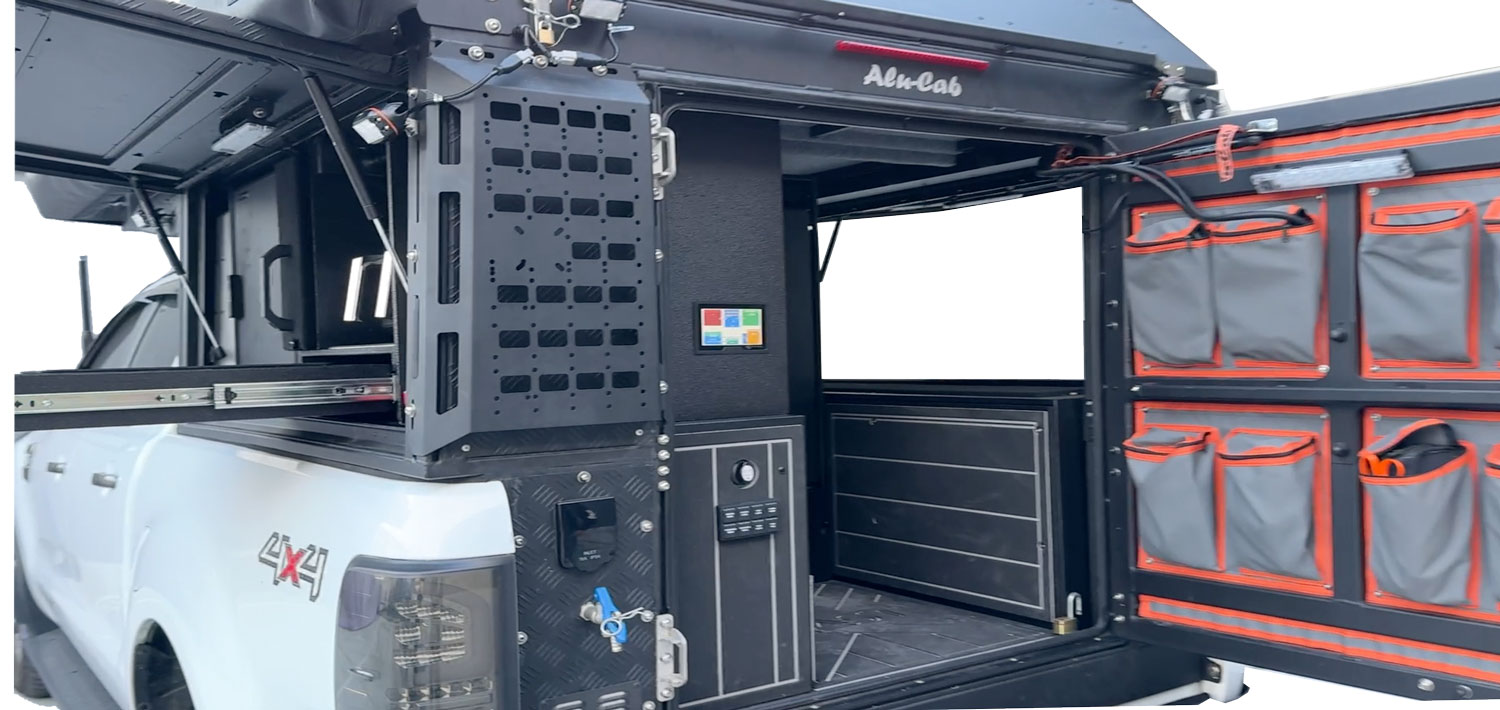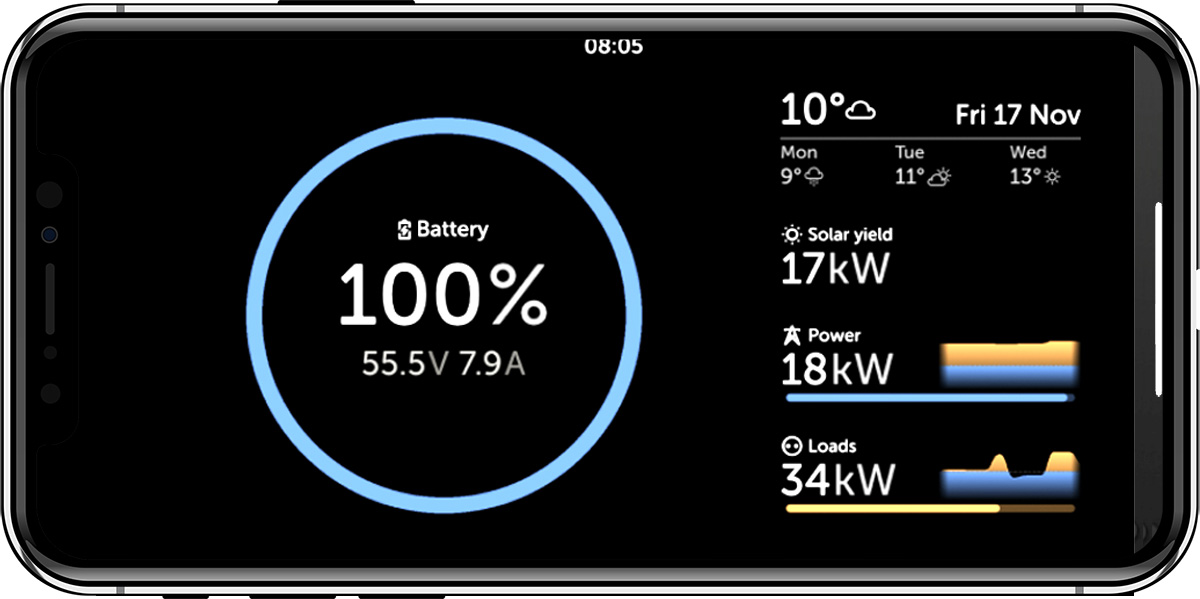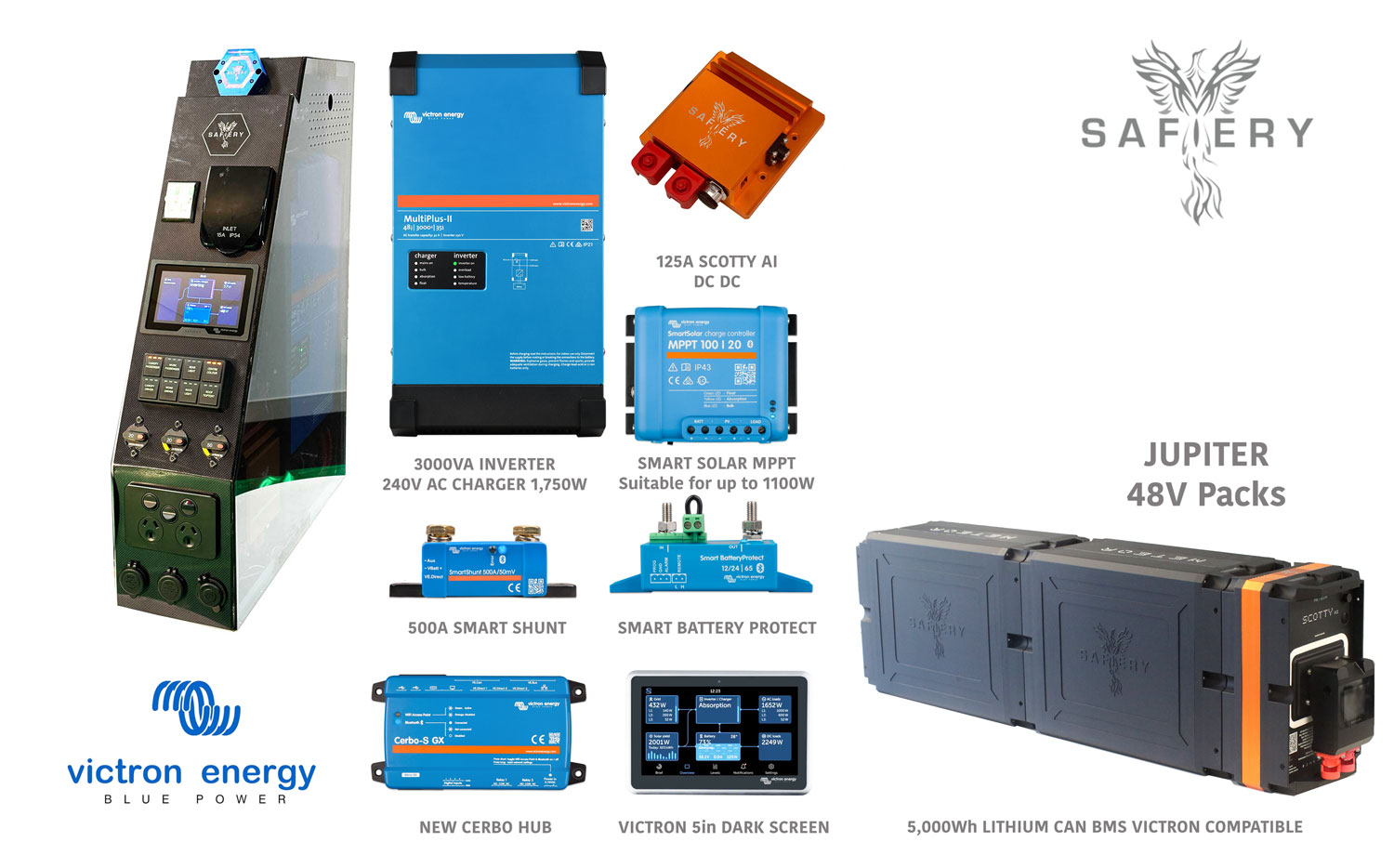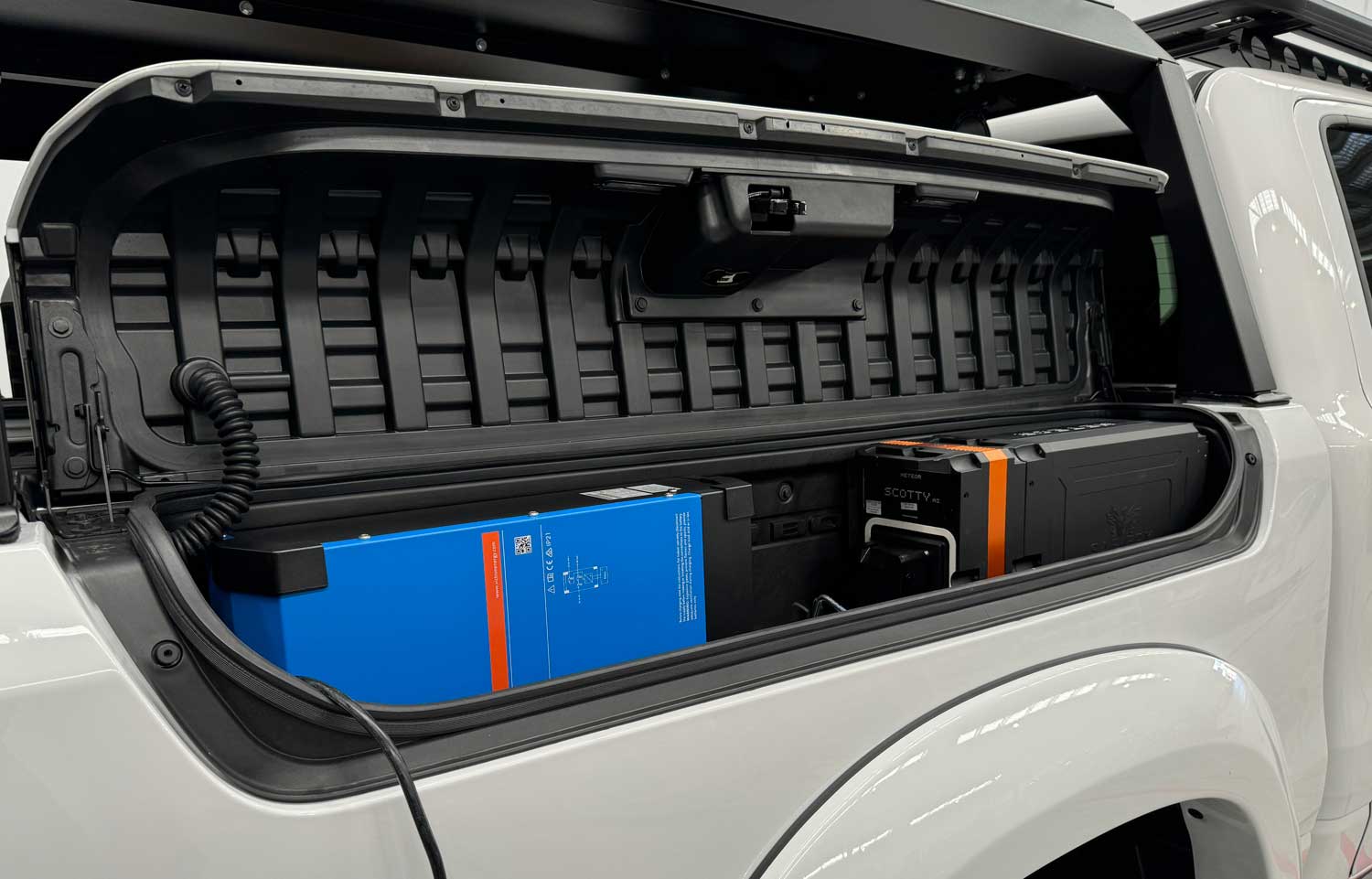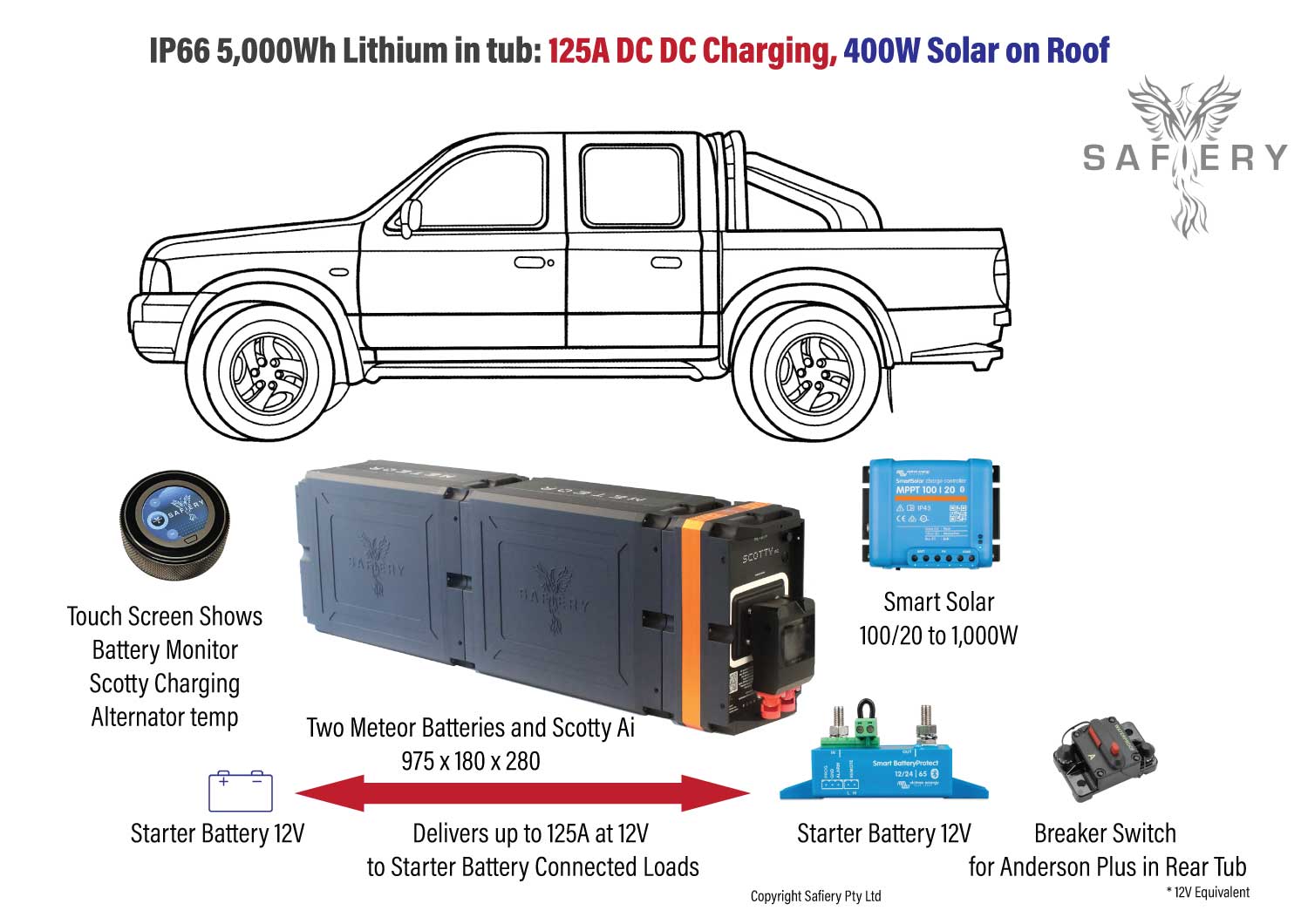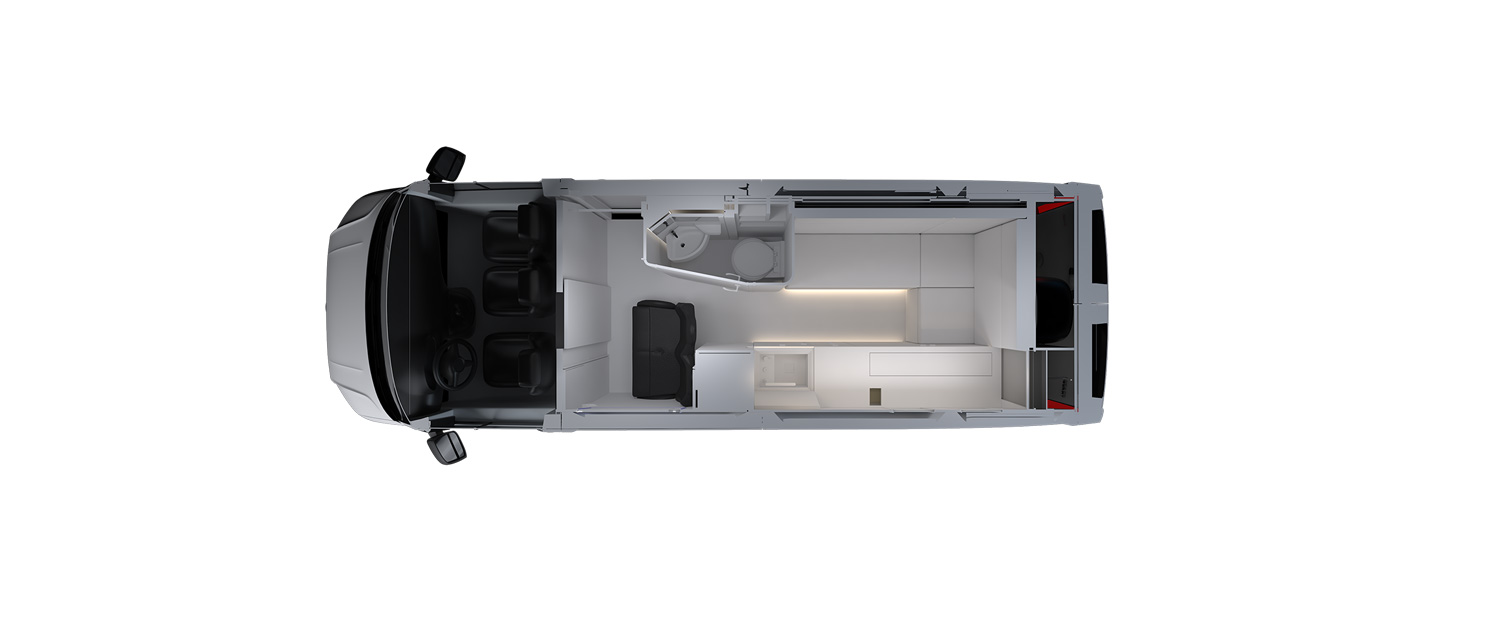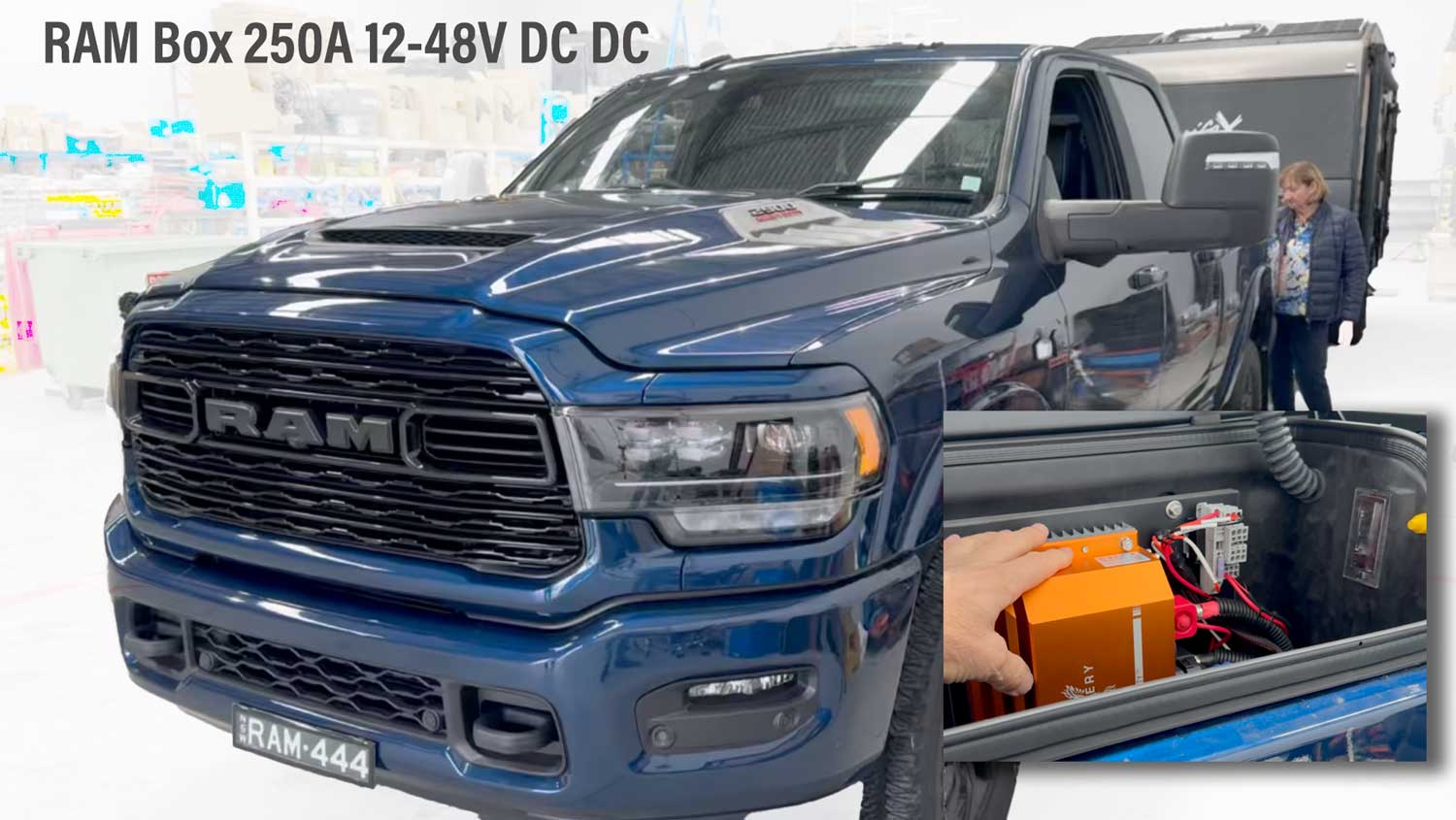
The STARSHIP Evolution: 2 years to build, 21 years in the making!
Percy Barnevik, Chairman of ABB, draws the Princess of Communication
In 2001, Percy Barnevik was Chairman of ABB and I ran one of the Business Areas globally for ABB in Zurich. Our strategy for growth was the software integration of ABB’s robots with the customers’ production business data. To get added insight for this broad strategy, Percy arranged for me to visit Kurt Hellstrom, CEO of Ericsson in Sweden. “He will draw for you the future with wireless communication and give you ideas on how to capitalise on it.” Percy’s hand movements suggested a drawing of a beautiful Princess.
Kurt Hellstrom, CEO of Ericsson, a long term thinker.
I met with Kurt in mid 2001 who gave me his background: He had spent over 30 years in Asia and emphasized a perspective on long-term thinking.
He told me: “I believe in 4 things: “Death, Taxes, Wireless and IP (internet Protocol). Let’s cast aside the first 2 as we can’t control those and discuss the last two.”
Now, 2001 was a pivotal year for wireless. The introduction of 3G networks marked a significant milestone, providing higher data transfer rates and enabling mobile broadband access. Kurt described a future flood of data transmission particularly in a mobile environment as being only possible with wireless technology. He then went on to explain that with all this data transmission, end devices needed IPv6 to operate efficiently and securely at scale. “You need both: wireless and IP”.
IPv6 (think of this as nodes on a network) is key to Scalability
IPv6 was created in Dec 1995 by the Internet Engineering Task Force as a response to the anticipated exhaustion of IPv4 addresses.
IPv6 introduced a Larger Address Space of 128-bit address. This allows for virtually unlimited number of unique IP addresses. It also simplified routing process by eliminating the need for Network Address Translation (NAT). It also required IPsec (security layer) as a mandatory feature. The biggest benefit though was that IPv6 supports both stateful and stateless address configuration, allowing devices to automatically configure themselves when connected to a network. He explained that IPv6 was the future as a scalable protocol.
Long Range Bluetooth – Worlds first ubiquitous Wireless Open Protocol
We then talked about Bluetooth, created by Ericsson. Ericsson had just released Bluetooth-enabled hands-free mobile headsets the year before. The difficulty was getting global standards to support Bluetooth. “When Bluetooth is global and reaches 100m range, watch out!”. Battery consumption was also an issue he talked about at length.
Open Protocols – open up a world of possibilities
Kurt explained that one of the goals of Bluetooth was to have an open protocol.
“With all the wireless data and IP end points, having a mass of proprietary protocols will sink the system. You have to have an Open Wireless Protocol”
That was the end of the take-aways from that meeting. Kurt’s insight stayed with me over the next 21 years to November 2022. I would reflect on them every month.
A milestone in 2003/2004 was when 802.15.4 was released for low power and low data rate communication.
Battery operated devices could now operate wirelessly with a longer life.
2018 Safiery’s First Voice Controlled Smart Switch – a learning of what doesn’t work
In 2018 I built a PCB at Safiery that became the “smart switch”. It used 802.15.4 wireless and had a Z-wave compliant smart puck on it. This allowed for wireless communication to smart phones but you needed an expensive hub and the Internet for voice control and any automation. You will see in these short video’s the wireless response time is slow! The wireless integration required the Internet and about 2 hours setup time per smart switch with an expensive hub… so I parked the elusive voice control, wireless switching and integrated switches for future development when the tech caught up… Special mention of the late Dave Berry from Trakka who humoured me in this early development. I wish he could see it now.
START in 2018:Safiery Smart Switch wired and Wireless Communication
Better in 2020: Voice control with Safiery Smart Switch
Close but not Good Enough in 2021: Victron Touch Display plus Voice Control of Safiery Smart Switches using Alexa in Crafter
November 2022: A Common Connectivity Standard for Apple, Google, Amazon and Samsung
Sometime around 2019, the big 4 Smartphone Manufacturers: Apple, Google, Amazon and Samsung agreed to move IOT connectivity to one standard that any one and all of them could communicate with. It would mean that if you changed smartphone, the system installed in your house or commercial building would not be a waste. Better still, you could have several people with different platforms all communicating to the same device. The proposed Open Protocol was given the name “Matter”.
The “Matter” standard was first published on October 4, 2022. I remember that day well: it was a Tuesday, an unusual day to release an exciting new standard. The First day for connectivity was in November 2022.
Two things jumped out of the massive 590 page standard:
- 802.15.4 as the battery powered wireless standard with full encryption
- IPv6 for all end points to be monitored and/or controlled with an Open Protocol.
and - Communication is secured and encrypted using cryptographic keys.
- (OTA) firmware updates are mandatory, ensuring remain secure over time.
- PKI for robust encryption, identity, and authentication.
Bingo. I had tears in my eyes.
Over 2,000 Connectable Devices and the Smarts are kept on the Smartphone
As of August 2024, there are over 2,000 compliant devices and thousands more in the making. Fridges, Air conditioners, lights, wall switches are just some of the items approved. Imagine the convenience when a majority of global players move to this wireless communication standard and one app on your smartphone can control them all. Thats the Vision of Safiery with STARSHIP. The STARSHIP difference is it is all DC power for RV’s and marine and has integrated CAN/NMEA and Long Range Bluetooth Switches.
Any output channel of STARSHIP can activate any other of the 2,000 devices if such a connection makes sense. The “automation” is all done on the smartphone.
When a user approaches their RV or boat, the automation can turn lights on, then switch to amber for no insects, blue or red late in the evening all completely automatically. Switch the light on over the galley kitchen and the AC powered induction or air fryer is automatically turned on. Switch it off and its all off. Leave the boat or RV and the Inverter and non essential power is automatically turned off. It does the smarts. As the phones get embedded AI, (Google has already released AI Scripts) the user gets the immediate benefit.
Regional languages are not a problem as the smartphone automatically converts the words used to the native language on the phone. STARSHIP is a truly global product!
Slaying the Dragon To Win the Princess – every good story has a villain.
Whilst the “Matter” standard met the requirements of Kurt Hellstrom, there were major obstacles to using this. Our development process is ALWAYS to tackle the hardest stuff first and nail a proof of concept. Then move to the easier software.
The Dragon was a three headed monster:
- Integrating the legacy wired protocols of CAN 1939, NMEA and RVC. These are mandatory in some installations.
- We couldn’t deliver a system to an OEM on Matter alone as it would require the end user’s smartphone to be connected. A case of the cart before the horse.
- Battery operated devices needed 3-5 year life. Radar technology is used in one product in addition to wireless and consumes significant power.
So we needed to have a system that could:
- Operate without Matter enabled. However, the final end user could layer Matter over the top when convenient. It had to be functional without Matter and no internet. But when Matter was added, the non-Matter system would work in harmony.
- Operate with CAN / NMEA and not impact the strict security on the Matter stack of software.
- Have a battery life of not less than 3 years for switches and radar tank sensors.
We have achieved all of this. How?
We will keep that under Wraps.
But a big influence on systems design was when I was with Honeywell in USA in 1990’s. I spent time with the engineers that provided guidance, control, and communications for the Space Shuttle. They shared how they implemented the multiplexer-demultiplexer to guide and control the engines, aero surfaces, and steering mechanisms of the shuttle. What was critical was the system’s voting with redundancy and how the systems could switch from manual to automatic seamlessly. They explained disparate control principles that would not affect the integrity of each system. Just remarkable engineering. I have used these principles ever since.
Separately to this, it took 5 weeks of painful code tweaks to get the battery life from 3 hours to 5 years on the radar tank sensor.
We have got the Princess after 21 years of pursuit. She is truly beautiful.
The result:
- We have multiple transport layers integrated with the Matter stack.
- We have an Open Protocol.
- We have better than redundancy.
- We have multiple user interfaces.
- We have long range Bluetooth with 100m line of sight.
- We have Matter Compliant Security.
- We have OTA (Over the Air Updates).
- We have a portable battery life of 4-5 years.
- Our products have had to be tested by an independent laboratory and certified for Matter with unique QR codes on every product.
